This Day in History: Brown vs. Board of Education
Share
Explore Our Galleries
Breaking News!
Today's news and culture by Black and other reporters in the Black and mainstream media.
Ways to Support ABHM?
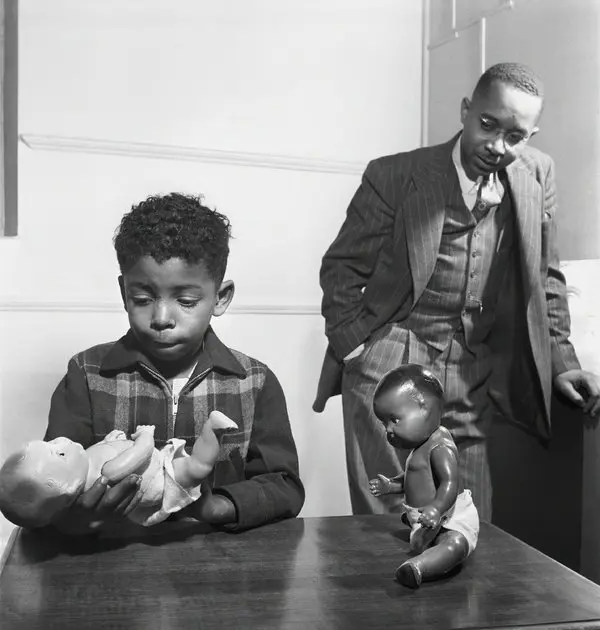
On this day in 1951, the U.S. Supreme Court declares segregation in public schools unconstitutional in Brown v. Board of Education decision.
Some of you may recall the Kenneth and Mamie Clark doll test, whereby children were shown two dolls- one black and one white-and asked which doll is ugly, which would they play with, etc. Black children overwhelmingly chose the white doll as the better doll. In 2006, filmmaker Kiri Davis did the experiment again in her film A Girl Like Me and received the same results.
Bearing all this in mind, do you believe desegregation helped children with their feelings of Black inferiority? Why or why not?
Learn how Jim Crow laws kept people segregated and how people struggled for justice.
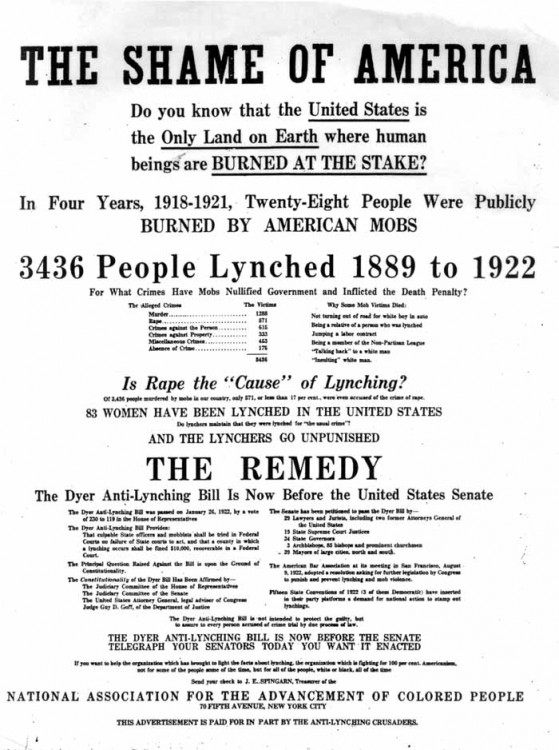
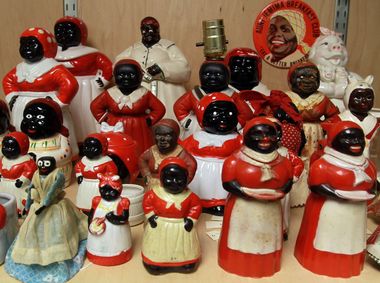
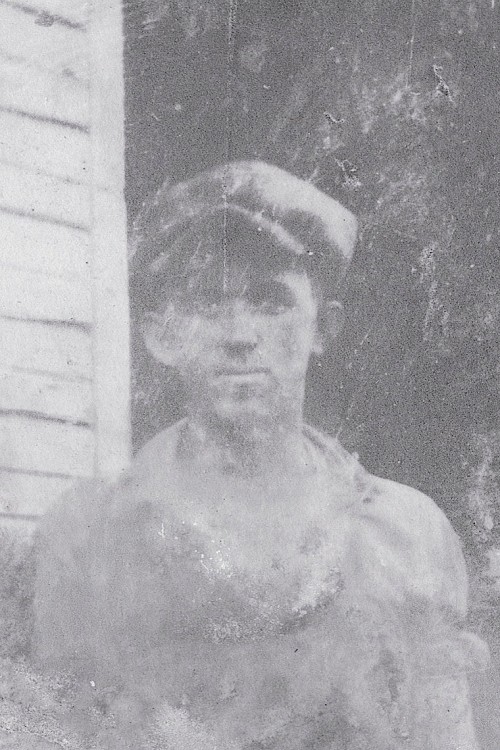
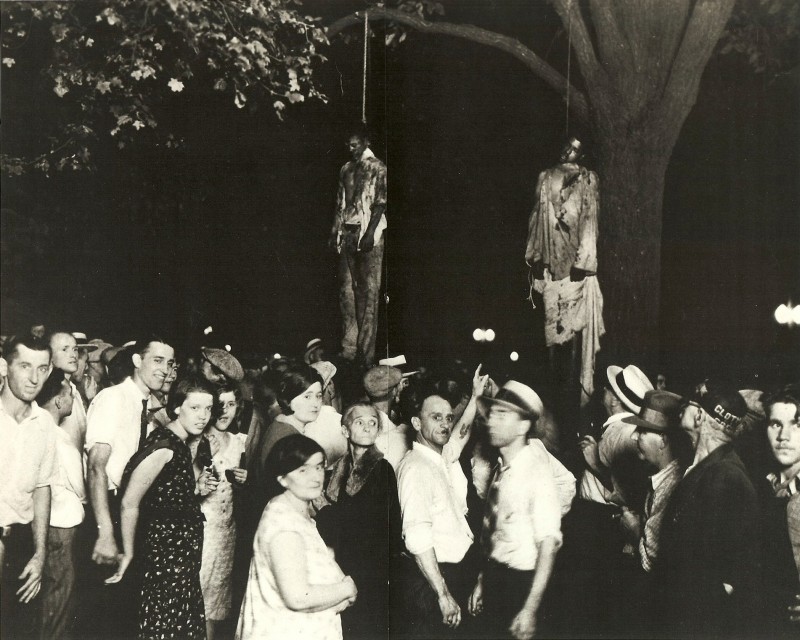
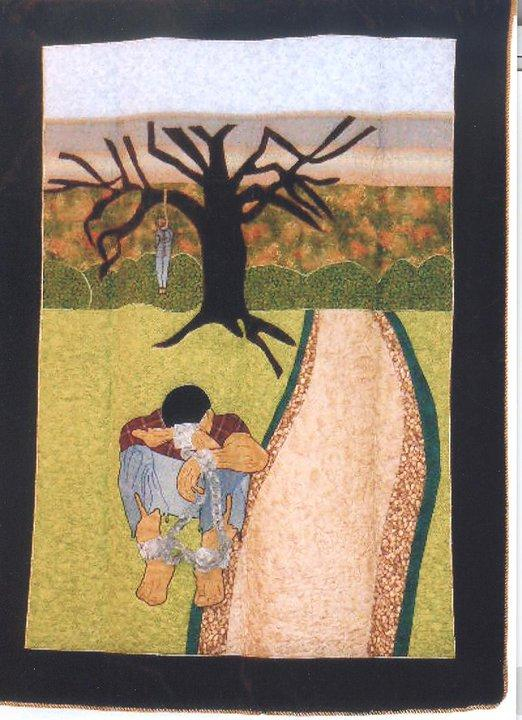
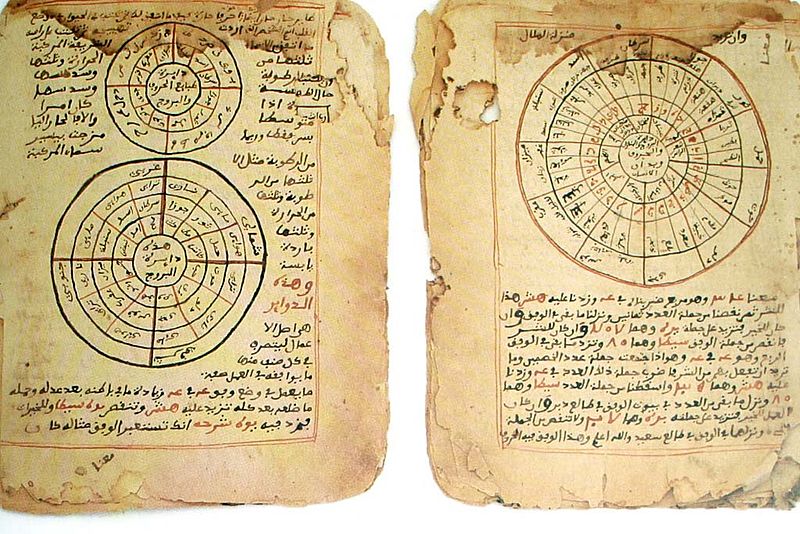
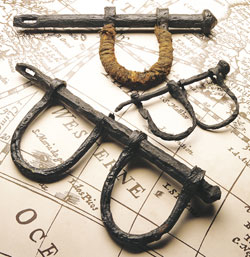


Comments Are Welcome
Note: We moderate submissions in order to create a space for meaningful dialogue, a space where museum visitors – adults and youth –– can exchange informed, thoughtful, and relevant comments that add value to our exhibits.
Racial slurs, personal attacks, obscenity, profanity, and SHOUTING do not meet the above standard. Such comments are posted in the exhibit Hateful Speech. Commercial promotions, impersonations, and incoherent comments likewise fail to meet our goals, so will not be posted. Submissions longer than 120 words will be shortened.
See our full Comments Policy here.